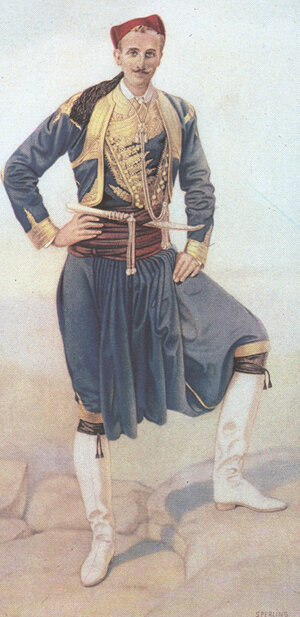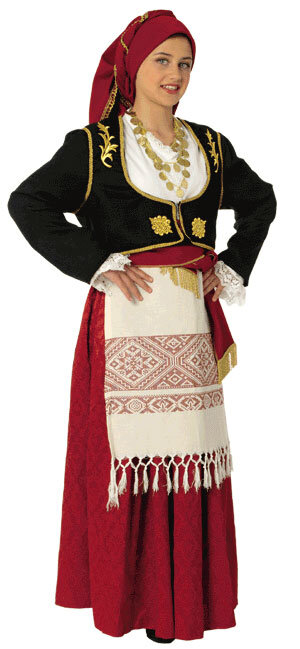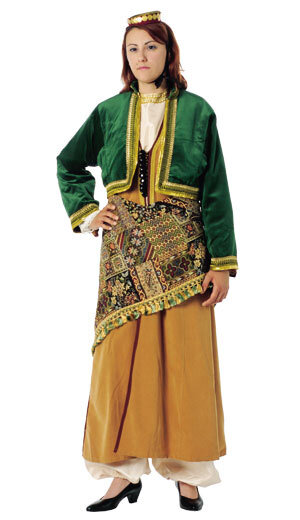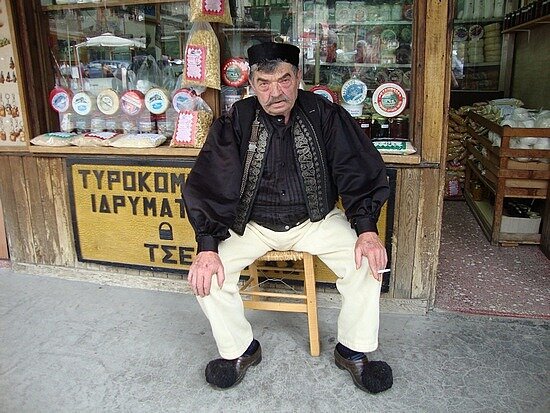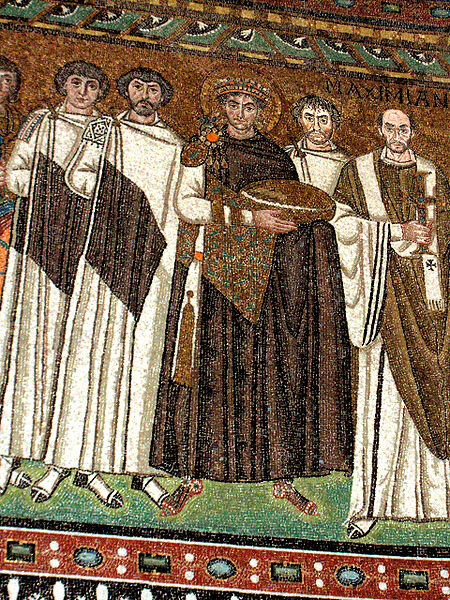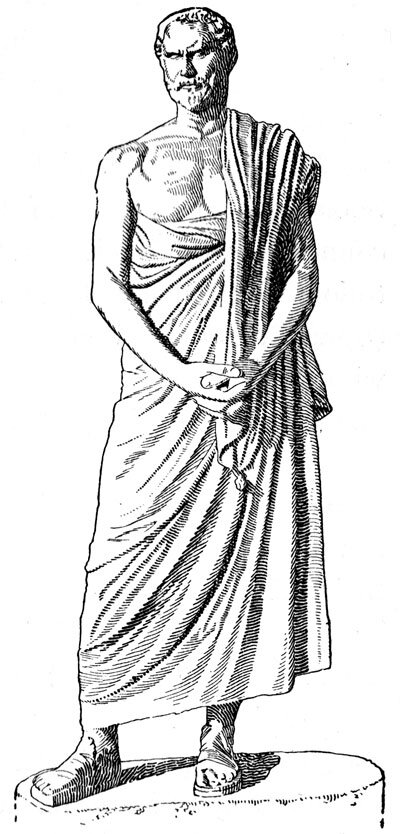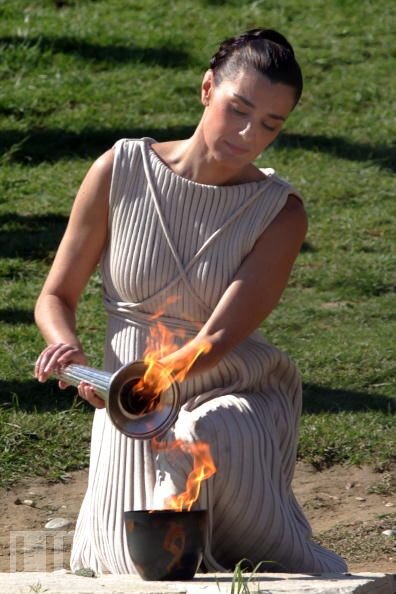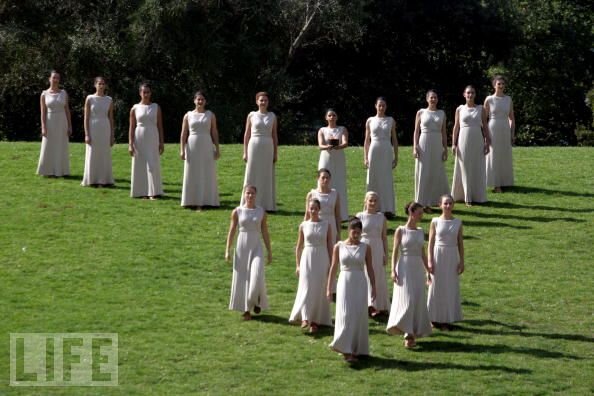Ancient Greek clothing consisted of lengths of linen or wool fabric, which generally was rectangular and secured with a sash and a fibula, an ornamental clasp or pin.
Typical of such garments were the peplos, a loose garment worn by women; the chlamys, a cloak worn by men; and the chiton, a tunic worn by both genders and all ages. Often the chiton is shown as pleated. Men’s chitons hung to the knees, whereas women’s chitons fell to their ankles. Amazons were depicted with their right breast bared so that the garment did not interfere with the weapons they wielded.
The basic outer garment during winter was the himation, a larger cloak worn over the peplos or chlamys. The chiton was a simple garment, but the peplos was more distinctively Greek, with its shoulder clasps. The himation has been most influential perhaps on later fashion. Women dressed similarly in most areas of ancient Greece although in some regions, they also wore a loose veil as well at public events and market.
During Classical times in Greece, male nudity received a religious sanction following profound changes in the culture. After that time, male athletes participated in ritualized athletic competitions such as the classical version of the ancient Olympic Games, in the nude as women became barred from the competition except as the owners of racing chariots. Their ancient events were discontinued, one of which (a footrace for women) had been the sole original competition. Myths relate that after this prohibition, a woman was discovered to have won the competition while wearing the clothing of a man—instituting the policy of nudity among the competitors that prevented such embarrassment again.
Byzantine dress changed considerably over the thousand years of the Empire, but was essentially conservative. The Byzantines liked colour and pattern, and made and exported very richly patterned cloth, especially Byzantine silk, woven and embroidered for the upper classes, and resist-dyed and printed for the lower. A different border or trimming round the edges was very common, and many single stripes down the body or around the upper arm are seen, often denoting class or rank. Taste for the middle and upper classes followed the latest fashions at the Imperial Court. As in the West during the Middle Ages, clothing was very expensive for the poor, who probably wore the same well-worn clothes nearly all the time; this meant in particular that any costume owned by most women needed to fit throughout the full term of a pregnancy.


